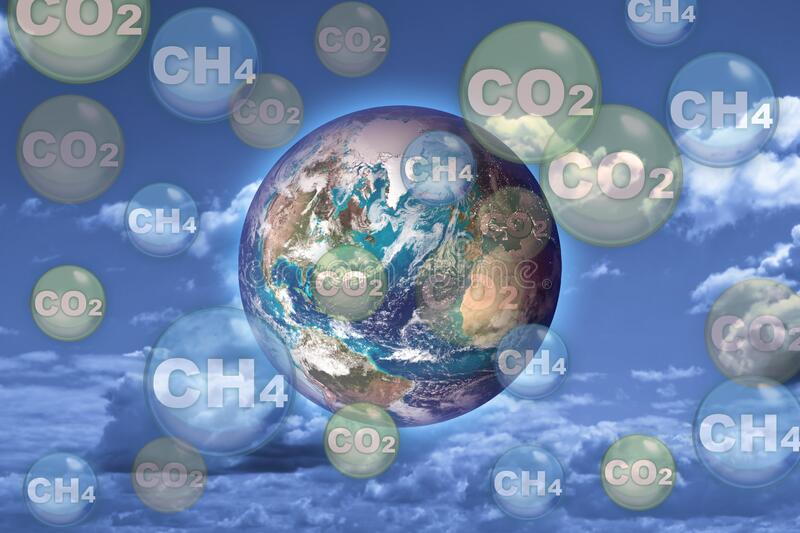On Sunday, Australia’s climate change minister, Chris Bowen, announced that the government has joined the Global Methane Pledge. The Pledge is part of multilateral efforts to cut global methane emissions.
Methane is a potent but transient climate pollutant that is responsible for roughly half of the net increase in global average temperature since the pre-industrial time.
What does the signing of the Pledge mean?
By signing on to the Pledge, Australia will join the rest of the world’s major agricultural commodity exporters. Among them are the United States, Brazil, and Indonesia. All of them aim to identify opportunities to reduce emissions in hard-to-abate sectors.
Minister Bowen stated that the Australian government will continue to work with industry to decarbonize the economy. He meant particularly to the energy and waste sectors and also capturing waste methane to generate power.
Cutting down methane emissions is pricey
According to Bowen, the government will invest up to $1.91 billion from a $15 billion National Reconstruction Fund to support low-emissions technology and component manufacturing, as well as agricultural methane reduction.
The pledge, according to the senior minister, does not require Australia to focus solely on agriculture or to reduce agricultural production or livestock.
Bowen stated that as a result of signing the Pledge, the Australian Government would not legislate or implement taxes or levies to reduce livestock emissions.
Aim to cut methane emissions to prevent climate change
The initiative, led by the United States and the European Union, aims to reduce methane emissions by 30% by 2030. The effort now accounts for 60% of global GDP and 30% of global methane emissions.
More than 100 countries are joining the effort to reduce greenhouse gas emissions, an initiative aimed at addressing one of the primary causes of climate change.
Canada, which has a very similar economy to Australia, Brazil, Argentina, New Zealand, and the European Union are all signatories. Bowen told reporters in Sydney that Australia joins as well.
What’s Global Methane Pledge?
Participants who sign the Pledge commit to taking voluntary actions to contribute to a mutual effort to cut global methane emissions. The goal is to cut it by at least 30% from 2020 levels by 2030. This will potentially lead to avoiding more than 0.2 degrees Celsius of warming by 2050. This is a global target, not a national one. Participants also agree to use the highest level IPCC good practice asset methodologies. They agree as well as to work constantly to enhance the accuracy, transparency, consistency, comparability, and completeness of national greenhouse gas inventory reporting under the UNFCCC and Paris Agreement, and to provide greater transparency in key sectors.

